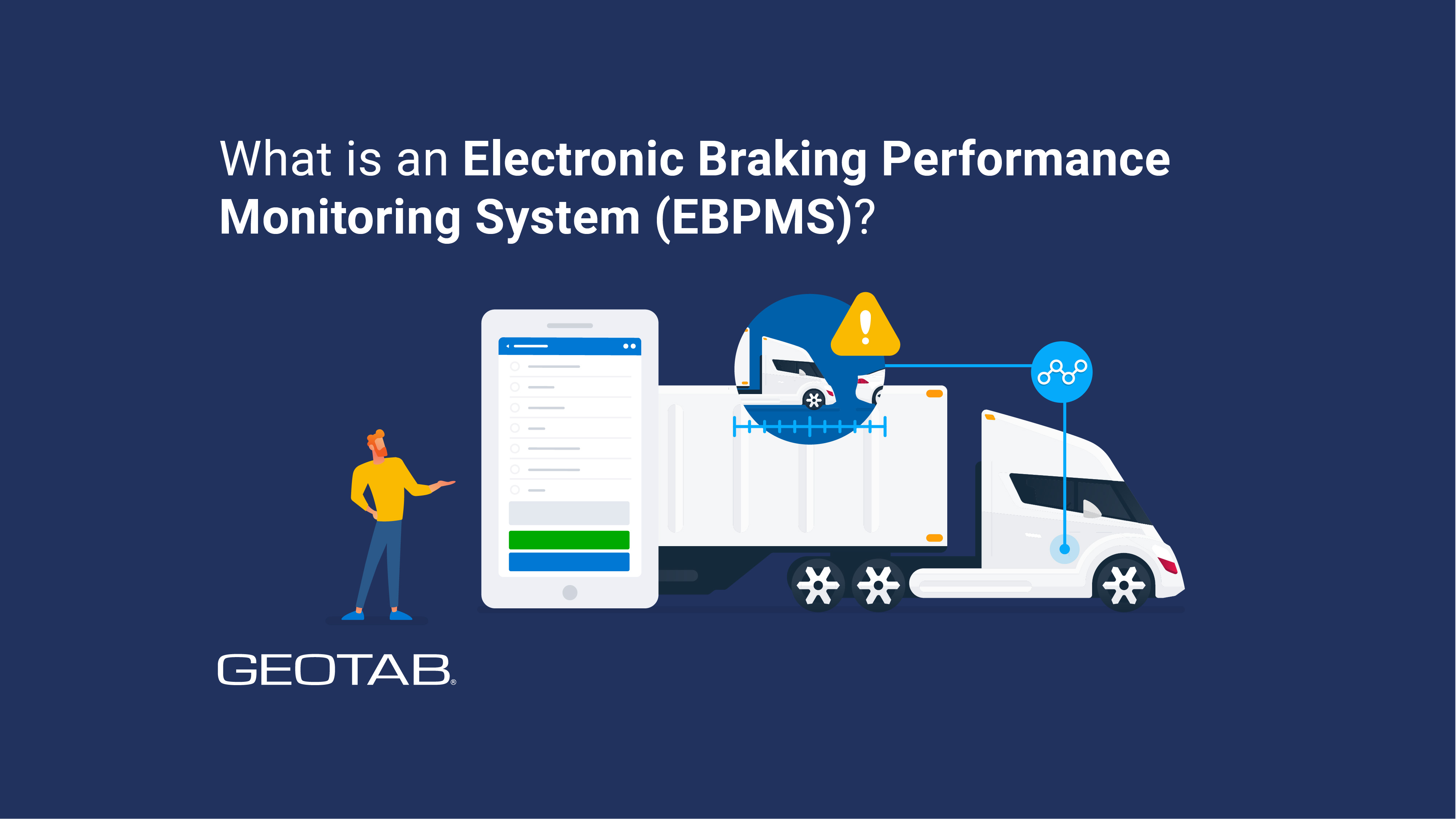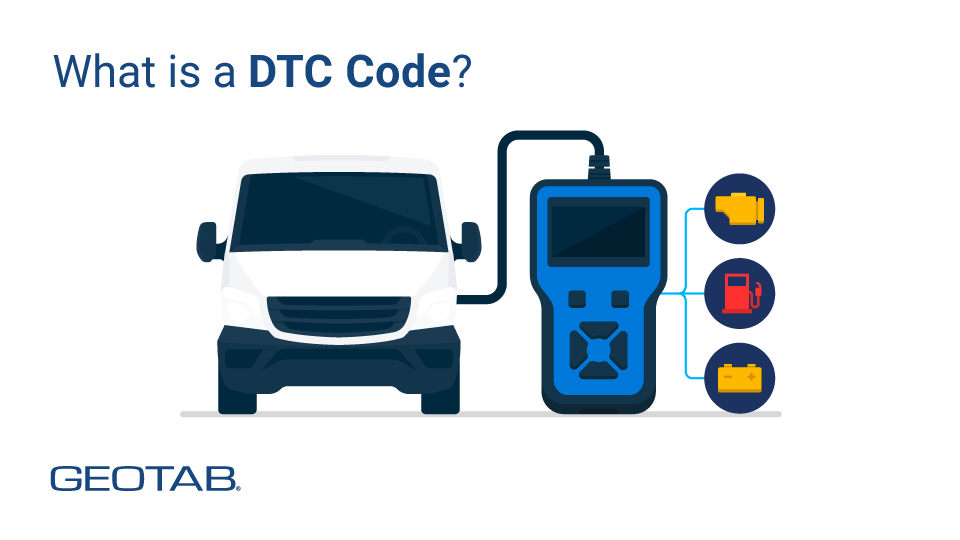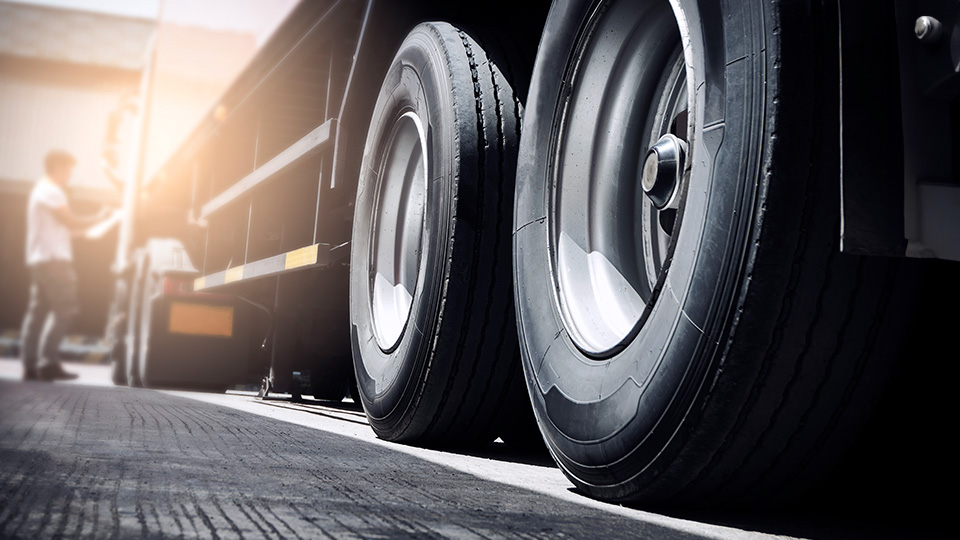What are daytime running lights?
October 21, 2024
•4 minute read

Definition
- Daytime Running Lights (DRLs) are low-intensity lights that automatically activate when a vehicle's engine is running.
What are daytime running lights? (DRL)
Daytime Running Lights (DRLs) are low-intensity lights that automatically activate when a vehicle's engine is running. Unlike headlights, which a vehicle uses to illuminate the road ahead during nighttime or poor visibility conditions, DRLs are designed to make a vehicle more visible to other drivers at all times, especially during the day. They are usually less bright than headlights and located at the front of the vehicle, though some vehicles also have DRLs positioned on the side and rear. Because they help reduce collisions -by increasing a vehicle's visibility to other drivers, pedestrians, and cyclists, DLRs are an important safety feature for vehicle fleets.
In this glossary blog post, you will learn about daytime running lights (DLRs), their advantages and disadvantages, common technological aspects, and the region-specific regulations associated with them. This post will conclude with FAQs and explain why DLRs are essential to fleet management and safety.
Advantages and disadvantages of daytime running lights
Daytime running lights have many advantages for drivers, including:
- Increased visibility: DRLs make it easier for a vehicle to be seen by other cars at all times, reducing the likelihood of accidents occurring during the day.
- Safety enhancement: DRLs can reduce the risk of frontal collisions by nearly 9%, according to a study conducted by Monash University Accident Research Centre in New South Wales, Australia.
- Automatic operation: DRLs turn on automatically when a vehicle’s engine is running, so they require no input from the driver and ensure they are always on when needed.
There are some small disadvantages to DLRs, which can be overcome with proper usage.
- Driver confusion: The most common issue with DLRs is that drivers can mistake them for headlights, thinking their headlights are on when they are not. Because DLRs are not as bright as headlights, relying on DRLs alone in low-light conditions can lead to insufficient illumination of the road ahead.
- Increased fuel consumption: DRLs consume a small amount of energy, which can lead to a modest increase in fuel consumption compared to vehicles without them. However, because most DLRs are LEDs, their energy requirements are minimal.
- Potential distraction: As DRLs become more common, they have the potential to distract other drivers and make it less likely they will notice hazards or pedestrians on the road. However, because vehicles with DRLs are less likely to be involved in collisions, the safety advantages outweigh the potential for distraction.
History of daytime running lights
DRLs were first invented in Sweden in 1977 by the vehicle manufacturers Saab and Volvo. Because Northern Europe often saw less sunlight and more overcast weather conditions, DLRs helped increase visibility for more vehicles driving in twilight and harsh weather conditions. DLRs have since become mandatory for new vehicles in countries across the northern hemisphere, including Canada, which has required DLRs by law since 1990. This led many automakers in the U.S. market to begin equipping new vehicles with DRLs, though they are not required in the U.S..
Technological aspects of DRLs
DRLs have evolved significantly since their invention, growing more energy-efficient and technologically sophisticated. While early DRLs used low-wattage incandescent bulbs, modern DRL systems use halogen, LED, or xenon bulbs. This enables DRLs to operate at lower power settings than full headlights and consume less energy. The result? DRL technology balances visibility and energy efficiency, contributing to safety and better fuel economy in fleet operations.
DRL regulations in different regions
The laws around DRLs vary from country to country. Here is a quick breakdown of the legal rules regarding DRL regulations in the U.S., Canada, the EU, and the UK.
United Kingdom: Following EU regulations, the UK also requires DRLs on all new vehicles. Vehicles registered before the mandate are not required to retrofit DRLs.
European Union: DRLs have been required for all new cars and small vans since February 2011, and trucks and buses must also have DRLs since August 2012.
United States: While DRLs are not mandated by federal law, they are permitted. Many automakers now include DRLs as standard or optional equipment in their vehicles. DRLs are not considered headlights in most state vehicle codes, so DRLs do not meet the requirement that headlights be switched on while windshield wipers are active.
Canada: Canada has pioneered DRL legislation, requiring all new vehicles to be equipped with DRLs since 1990.
DRLs vs. headlights vs fog lamps
How do DRLs differ from other vehicle lights like headlights and fog lamps? Each kind of light serves distinct purposes in vehicle lighting systems:
- DRLs versus headlights: DRLs are designed to make the vehicle more visible during daylight and operate at a lower intensity than headlights. In contrast, headlights illuminate the road ahead in low-light conditions like rain and at night.
- DRLs versus fog lamps: Fog lamps are designed to cut through fog, rain, or snow by emitting a wide, low light beam. Unlike DRLs, which come on automatically, fog lamps are manually controlled and only used in adverse weather conditions.
DRL safety benefits
Since DRLs were widely adopted, they have contributed significantly to road safety. The Minnesota Department of Transportation found that from 1995 to 2002, the crash rate among vehicles without standard DRLs was 95% higher than the rate for vehicles with standard DRLs.
This makes DRLs essential for fleet management, where vehicle visibility is crucial for reducing collisions that endanger drivers and hurt productivity. By consistently using DRLs across your fleet, you can make your vehicles more noticeable to other drivers, pedestrians, and cyclists, thus reducing collisions. This is especially important when your vehicles travel in conditions where lighting and weather can make it harder to detect vehicles on the road.
Conclusion
The easier it is for others on the road to see your vehicles, the more your drivers are safe from collisions. Because they are automatically turned on with a car’s engine, DRLs are an easy-to-use tool to keep your drivers safe and your vehicles operating correctly. This makes DRLs an essential safety tool for modern fleet management.
FAQs about DRLs
Can I turn off my DRLs?
In most vehicles, DRLs are automatically controlled by the vehicle’s electrical system, so they cannot be turned off manually. However, some vehicles may offer the option to disable DRLs through vehicle settings or via a dealer adjustment.
Are DRLs required by law in my country?
DRL regulations vary by country. In Canada, the UK, and the EU, DRLs have been mandatory for all new vehicles since 2012. In the U.S., DRLs are allowed but not required. If your fleet operates outside those countries, you must consult local driving codes.
Table of contents
Other Stories

EBPMS: Electronic Braking Performance Monitoring System
June 30, 2025
3 minute read

August 21, 2024
4 minute read

What is a tyre pressure monitoring system and how does it work?
July 30, 2024
2 minute read